Home / Albums / Tag Accommodation 14

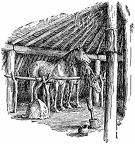 My father stabled his horses at night in our lodge, in a little corral fenced off against the wall
My father stabled his horses at night in our lodge, in a little corral fenced off against the wall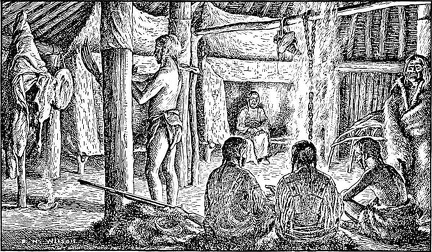 Inside the lodge
Inside the lodge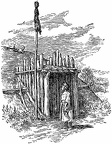 I saw that the black-bear skin was bound to one of the posts at the entrance
I saw that the black-bear skin was bound to one of the posts at the entrance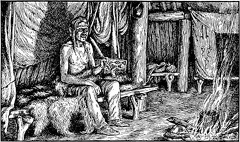 Life in an Earth Lodge
Life in an Earth Lodge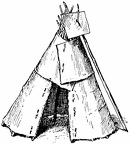 The Lodge - 3
The Lodge - 3 The Last Days of the 'Swan with Two Necks'
The Last Days of the 'Swan with Two Necks'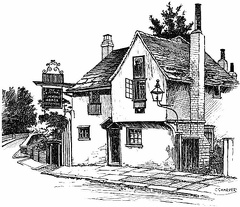 The 'Running Horse,' Leatherhead
The 'Running Horse,' Leatherhead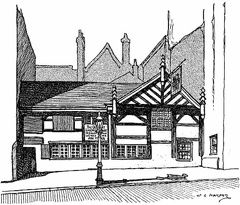 Seven Stars
Seven Stars “Ye Olde Rover’s Return,” Manchester
“Ye Olde Rover’s Return,” Manchester The “Dick Whittington,” Cloth Fair
The “Dick Whittington,” Cloth Fair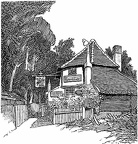 The Oldest Inhabited house in England
The Oldest Inhabited house in England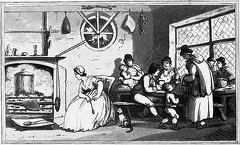 The Kitchen of a Country Inn, 1797
The Kitchen of a Country Inn, 1797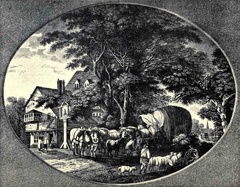 The Roadside Inn
The Roadside Inn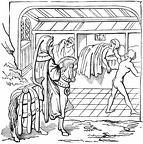 An Inn
An Inn



